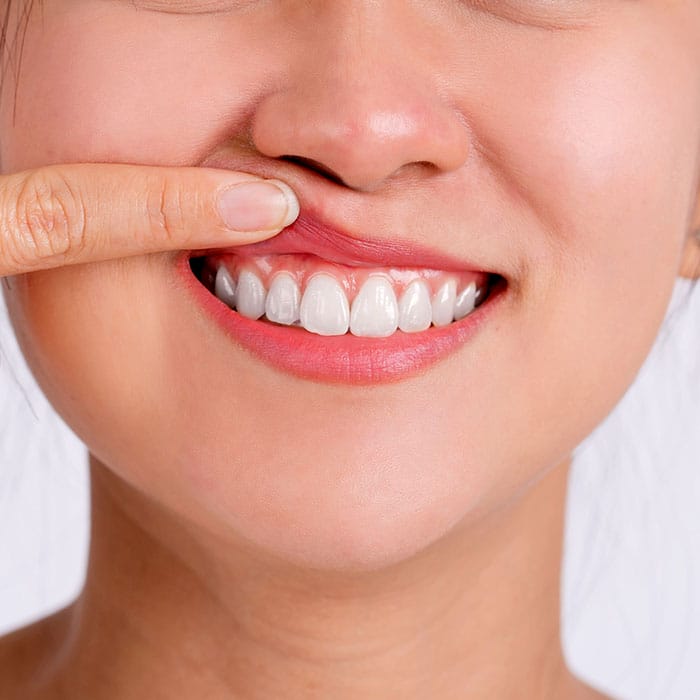THE NEXT TIME you need an ice-breaker, why not toss out a few weird mouth facts? We’re confident you’ll be able to impress your friends.

Fact #1: We Need our Spit to Taste Our Food
Our saliva plays a crucial role in facilitating our sense of taste. Without it, the ten thousand taste buds on our tongues would be useless for tasting any dry food, because food molecules need to be dissolved in liquid before they can be detected by the receptors on our taste buds.
Fact #2: Taste Buds Are Complicated
Contrary to popular belief, the visible bumps on our tongues are not taste buds, which are too small to be seen by the naked eye. The bumps are actually called lingual papillae, which house many taste buds each. Lingual papillae come in four different types: filiform, fungiform, foliate, and vallate. Although they serve slightly different purposes, all types except for fungiform ones contain taste buds.
From an oral hygiene perspective, the issue with lingual papillae is that they create a rough texture that can harbor bacteria. When bacteria accumulate into plaque, it can cause a persistent bad taste in the mouth and leave the breath sour. Additionally, it can dull the sense of taste. This is why cleaning our tongues every day is crucial, and using a tongue scraper is the best tool for the job (as opposed to a quick scrub with a toothbrush).
Fact #3: The Strength and Stamina of the Tongue
You may have heard that the tongue is the strongest muscle in the body. This isn’t technically true, but the tongue does have remarkable stamina. Our tongues are made up of eight different muscles working together therefore giving it many built-in redundancy systems so it can’t get tired after a workout.
Fact #4: Besides the Heart, Which Muscle Group Doesn’t Need Bones to Move?
It’s the tongue. For not relying on the skeleton to move, it has an amazing range of motion, able to curl, uncurl, lengthen, shorten, and sometimes even roll. We’d have trouble eating and speaking if it couldn’t do all of this.
Fact #5: We Begin Growing Our Adult Teeth in Utero
The formation of our teeth begins as early as six weeks into fetal development. At this stage, the baby teeth start to develop, and it only takes another six weeks before the adult teeth start to form. It takes many more months for the baby teeth to finish forming under the gums and years for the adult teeth to fully develop.
Fact #6: Name the Bumps on New Adult Teeth
Do you remember that when you first got your adult front teeth, their chewing surfaces were covered in little bumps? Maybe you’ve seen those bumps on your child’s new adult teeth as a matter of fact these are totally normal portions of a new tooth called mamelons. They possibly exist to aid the teeth in breaking through the gums. However in most instances they will naturally wear down as a result of regular chewing.
Let’s break through the fog of a few dental myths:
Let’s Hear Your Weird Mouth Facts!
If you know any obscure mouth facts all in all we’d love to hear them. As dental health professionals, it’s our favorite topic, and we can’t wait to chat about it with you the next time we see you. Make sure you keep scheduling your regular dental exams!
One last fact: Our patients are the best!
Top image used under CC0 Public Domain license. Image cropped and modified from original. Always seek the advice of qualified health providers with questions you may have regarding medical conditions.







